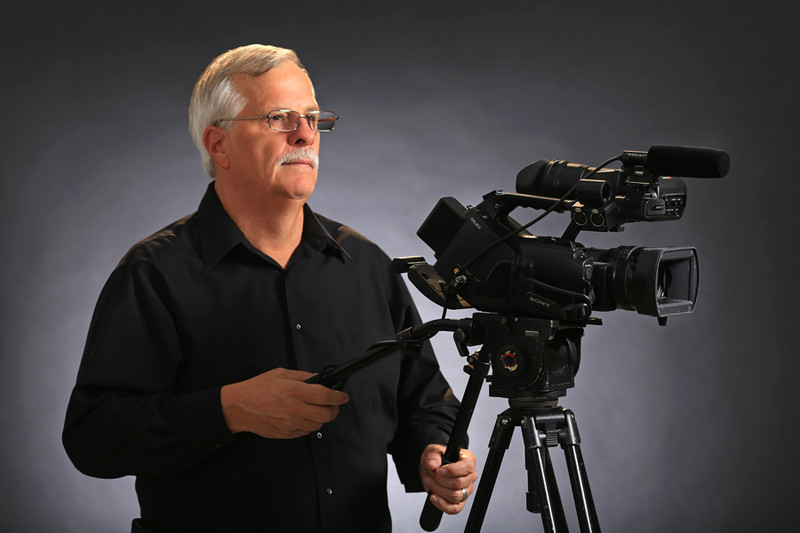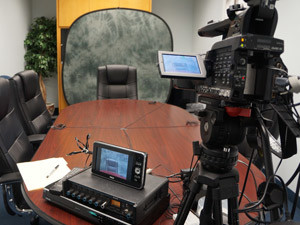Why Lawful Videography Is Important for Accurate Court Recordings
The function of legal videography in court room settings can not be overemphasized, as it functions as a necessary device for protecting the integrity of court documents. By catching both verbal and non-verbal communication, it improves the clarity of witness testaments and shows the nuances of court room interactions. This comprehensive documents not only help in lowering prospective misunderstandings yet also supports appellate testimonials, consequently reinforcing the judicial procedure. However, the effects of integrating lawful videography right into standard court room methods elevate essential inquiries regarding its more comprehensive influence on the legal system. What might these implications involve?
Value of Visual Proof
In the world of lawful proceedings, the importance of aesthetic proof can not be overemphasized. Aesthetic proof functions as a powerful tool in establishing truths, affirming testimonies, and enhancing the general quality of a situation. This sort of proof, which consists of photos, video clips, and layouts, can give a substantial context that spoken summaries often lack, thus providing courts and courts a more clear understanding of the conditions bordering an instance.
In addition, aesthetic proof help in the retention of details. Human cognition is naturally aesthetic, and individuals are more probable to keep in mind and comprehend info provided in a visual format. In the court room, this can be crucial, as engaging visual proof can guide opinions and enhance the narrative offered by lawful representatives.
Additionally, making use of aesthetic proof can lessen misunderstandings and ambiguities that frequently develop from spoken exchanges. By offering a direct depiction of occasions, visual proof assists to get rid of subjective interpretations and fosters a much more objective examination of the realities. The combination of aesthetic proof into lawful proceedings not just strengthens the stability of the judicial process yet also boosts the probability of achieving a simply outcome.
Recording Non-Verbal Hints
Making use of sophisticated videography strategies can substantially enhance the capture of non-verbal signs during lawful proceedings. Non-verbal communication, consisting of facial expressions, body movement, and eye contact, plays a vital role in communicating feelings and objectives that might not be explicitly specified in spoken testimony. legal videography. Legal videography uses high-def video cameras and critical angles to guarantee that these refined signs are tape-recorded with clearness and accuracy
The ability to evaluate non-verbal habits can give important context to statements made throughout court sessions. For example, a witness's unwillingness or self-confidence can be analyzed via their posture or gestures, possibly affecting the court's assumption of integrity. Additionally, making use of close-up shots can aid concentrate on an audio speaker's expressions, enabling a more nuanced understanding of the testimony.
In addition, incorporating several video camera angles can create a thorough sight of interactions, highlighting characteristics in between events entailed. This complex strategy not just boosts the precision of the court document however also aids in maintaining the honesty of the judicial procedure - legal videography. Eventually, capturing non-verbal cues with legal videography cultivates a richer, extra full depiction of courtroom proceedings

Enhancing Statement Dependability
The dependability of testament can be dramatically strengthened with making use of top quality lawful videography. Video recordings act as an unbiased tool that catches not just the spoken words of witnesses but also the nuances of their delivery, consisting of tone, pacing, and emotional expressiveness. This diverse documentation supplies a clearer understanding of the witness's trustworthiness and objectives, which can be crucial in legal proceedings.
Moreover, lawful videography minimizes the capacity for false impressions that might arise from written records alone. When jurors can observe a witness's temperament and body language in combination with their testimony, they are much better equipped to evaluate the credibility and reliability of the proof presented. This aesthetic context can strengthen the testimonial narrative, making it more engaging and legitimate.
In addition, the existence of a video recording can discourage possible disparities in testimony. Witnesses may be a lot more cautious in their statements when they understand they are being recorded, resulting in more exact and honest accounts. On the whole, top quality legal videography improves the stability of testament, ensuring that the court has access to a total and genuine representation of the facts as communicated by the witnesses.
Supporting Appeals and Reviews
Lawful videography plays an important function in supporting appeals click here for more info and evaluations by you could try these out supplying a thorough aesthetic document of court procedures. This aesthetic documentation captures not only the talked words of witnesses and lawyers yet also the nuances of body language, tone of voice, and court characteristics. Such elements can be critical in understanding the context of testimonies and debates offered.
In the appellate process, where the emphasis is on mistakes of legislation and procedural fairness, a video clip document can work as an important tool for appellate courts. It enables judges to assess the original trial context, making certain that decisions are based on a complete understanding of the process. The capability to aesthetically evaluate the attitude of witnesses or the communications between parties can disclose insights that created transcripts might neglect.

Additionally, legal videography can help in clearing up ambiguities in testimonies or procedural judgments, thus reinforcing the basis for an appeal. By using internet a dependable, unbiased account of what transpired in court, lawful videography not just sustains the honesty of the lawful procedure but additionally encourages all parties involved to make informed choices regarding their situations.
Streamlining Court Processes
Enhancing court effectiveness, lawful videography improves processes by offering prompt accessibility to aesthetic records of proceedings. This modern technology permits courts, lawyers, and juries to take another look at vital statement and evidence, making certain that all events have a clear understanding of the case. By capturing the subtleties of spoken and non-verbal interaction, videography enriches the document, making it less complicated to grasp the context and weight of statements.

In addition, video clip recordings can promote remote participation in hearings, permitting higher adaptability in scheduling and engagement, which is especially important in complex instances entailing several stakeholders.
Final Thought
Finally, lawful videography plays an essential function in ensuring precise court recordings by providing vital aesthetic proof that captures both spoken and non-verbal communication. This practice enhances the integrity of statements, sustains appellate evaluations, and enhances court processes. By promoting a detailed understanding of court characteristics, legal videography eventually adds to more fair judicial end results, strengthening the honesty of the lawful system and helping with notified decision-making.
Comments on “How Legal Videography Supports the Legal System with Accurate Documentation”